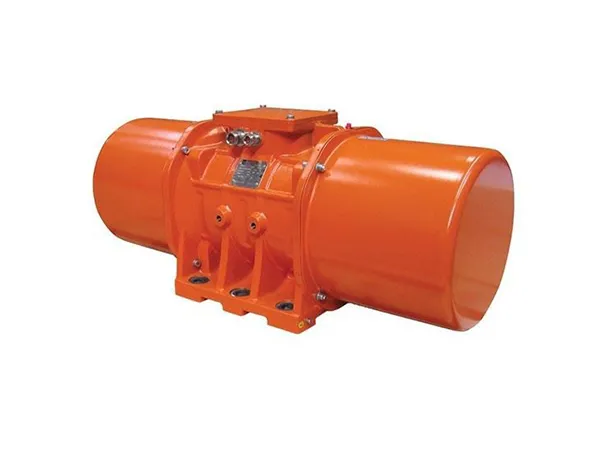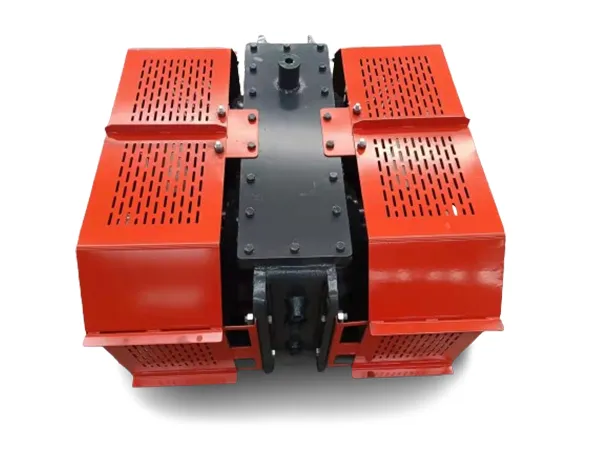Vibration motors can be installed in various configurations depending on the application and desired outcome.

Base-Mounted Installation
Direct Mounting: The motor is mounted directly onto the base of the equipment using bolts. This is the most straightforward installation method.
Resilient Mounting: The motor is mounted on a base with rubber pads or springs to reduce transmitted vibrations to the equipment structure.
Flange-Mounted Installation
Vertical Flange Mounting: The motor is mounted vertically using a flange. This is common in applications like feeders and screens where vertical vibration is needed.
Horizontal Flange Mounting: The motor is mounted horizontally using a flange. This method is used where horizontal vibration is required.
Side-Mounted Installation
Bracket Mounting: The motor is mounted on the side of the equipment using a bracket. This method is useful for compact spaces and where side vibrations are beneficial.
Shaft-Mounted Installation
Direct Shaft Mounting: The motor is directly mounted on the shaft of the equipment, commonly used in cylindrical screens or drums.
Belt-Driven Mounting: The motor is mounted separately and connected via a belt to the shaft, providing flexibility in motor placement.
Top-Mounted Installation
Overhead Mounting: The motor is mounted on top of the equipment, which is typical in applications requiring vertical downward vibrations, such as hoppers and bins.

The direction of the vibration produced by a vibration motor can be adjusted by changing the orientation of the motor itself or by adjusting the position of the unbalanced weights (eccentric blocks) attached to the motor shaft. Here’s how you can do it:
Changing Motor Orientation
Vertical to Horizontal: By mounting the motor vertically or horizontally, you can change the direction of the vibration. For example, if the motor is mounted vertically, the vibration will primarily be in a horizontal direction and vice versa.
Angled Mounting: Mounting the motor at an angle can produce a combined vibration effect, which is useful in certain applications like material compaction or sieving.
Adjusting Eccentric Weights
Asymmetrical Adjustment: By setting different angles for the top and bottom weights, you can create elliptical or circular vibration patterns.
...
For more detailed information on the installation method of vibration motor, please click here: https://www.zexciter.com/en/a/news/vibration-motor-installation-method.html